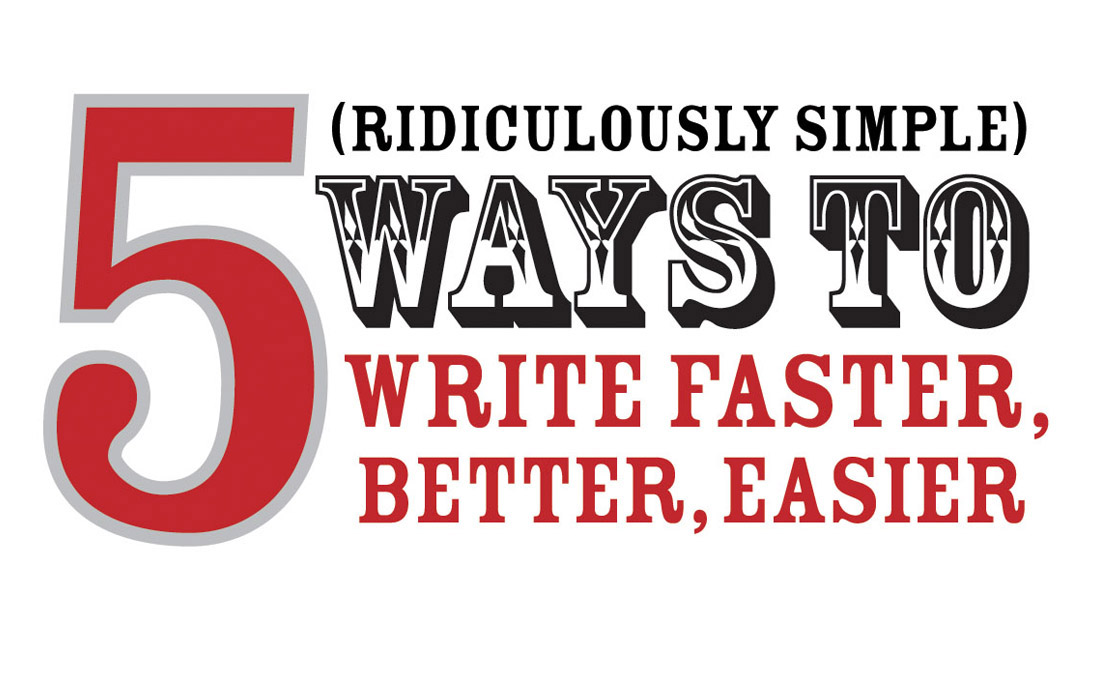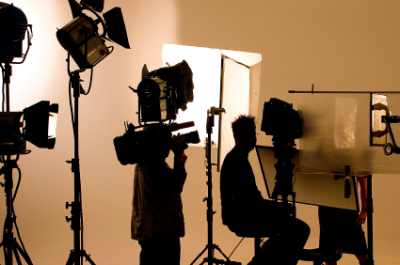"The eyes have one language everywhere." George Herbert / Welsh poet

Hooked. Captivated. Hypnotized.
That’s exactly how I felt the first time I interviewed someone looking directly into the camera. And I felt this way for good reason; it’s how we talk to one another.
But for all too long, video conversations have struggled to feel “natural” and “organic.” That’s because video technology wasn’t available to allow direct eye contact until only recently.
Typically, people have been prompted with pre-written scripts. Or people look off-screen to the left or right. Heck, we don’t look to the left or right when we are talking to someone and we don’t memorize our lines ahead of time, either.
The era of “impersonal video conversations” is finally changing. There’s a subtle shift happening in “video land.” So subtle, in fact, you probably haven’t even noticed it.
This shift is real and terribly important to your audience and marketplace.
With the help of a simple component that connects to the front lens of a video camera, we can easily have someone look and talk conversationally to an audience…right into their eyes.
This may not seem like a big deal…but it is.
Here’s why.
Let’s say you’re having a conversation with a friend. And they’re reading from a pre-written script while looking directly at you. You’d feel pretty awkward, right?
Let’s call this “Stage 1” in the evolution of video conversations.
If we took this real life conversation and “mapped” it onto a TV screen, it would come across like this: “Just listen and look at me while I read a pre-written message.”
Most of the times, there wasn’t much “heart” in this type of delivery. “Real” people struggled trying to perform effortlessly like an actor and came across unnatural.
The attributes of “Stage 1” conversations are:
1. Precise
2. Forced
3. Remote
Of course, portable film and television gear in the early days wasn’t available so using the TelePrompTer for company messages was common and widespread.
This was the predominant form of communication for many companies in the 1960’s through the 1980’s. But think about this: the TelePrompTer is designed for the written word. Messages were carefully crafted as if they were going to be printed and read; not seen and heard.
Stage 2.
Now picture your friend looking to the left or right while they talked to you. How would you feel? Invisible?
Subconsciously, here’s the visual metaphor in television: “Ignore the viewer and talk to someone else.”
The attributes of this video conversation are:
1. Open
2. Genuine
3. Indirect
By the mid-60's, portable documentary equipment was starting to come onto the scene thus making it possible to film interviews “on the fly” without much set-up. “Stage 2” conversations are fluid, casual, and spontaneous but still missing direct eye contact to the viewer.
Stage 3.
Now imagine a conversation where each of you are looking at one another. This is the latest evolution of video conversations. The breakthrough was popularized by Academy Award winning director, Errol Morris.
For the first time in audio/visual communications, we can now capture candid conversations that closely reflect real life conversations.
Attributes for “Stage 3” conversation are:
1. Compelling
2. Genuine
3. Direct
For a stunning glimpse into how an organization can embrace this “eye-to-eye” concept and emotionally move an audience to new levels, take a few moments to check out my favorite corporate film that Errol produced for IBM. Feel the difference?
In 60 years, the television and video industry has migrated from “read this script and look into the camera” to “speak from your heart and look into the camera.”
Over to you. What do you think?
- Is social media driving video conversations into new areas?
- Are you seeing more examples of direct eye contact in video conversations on the web or from companies?
- Does eye contact even matter?
---Tom
 Eye Contact: Have You Noticed This Shift?
Eye Contact: Have You Noticed This Shift?
 Monday, March 28, 2011 at 03:33PM
Monday, March 28, 2011 at 03:33PM 





